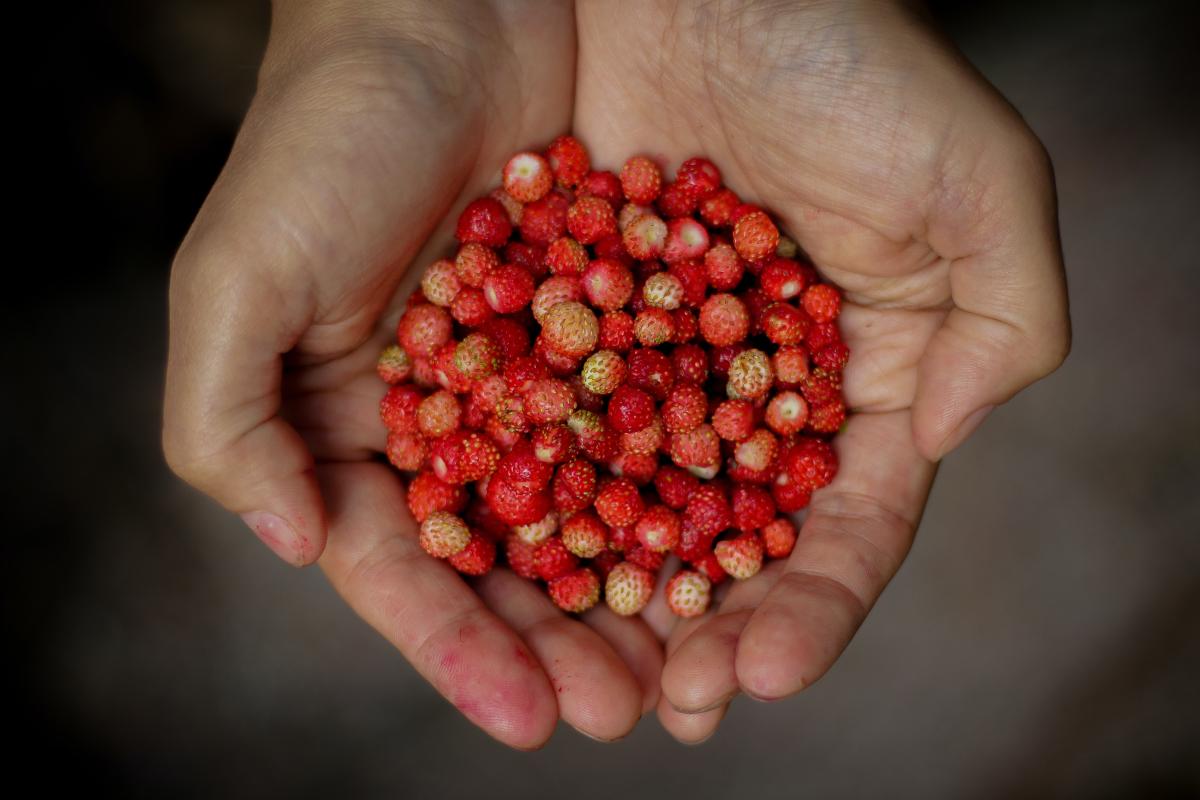In 5 years, Peru will export 12 times more fresh blueberries , from 12,951 tonnes in the 2015/2016 season to 176,912 tonnes in the 2021/2022 season (up to week 46 and not yet the end of the current season).
This was stated by the director general of the Association of Producers and Exporters of blueberries of Peru (Proarándanos), Luis Miguel Vega Arias-Stella, who indicated that between August and December, 90% of the volume of blueberries of Peru is exported. Also, between September and October, more than 60% of the total is shipped.
He indicated that the main markets for Peruvian blueberries are the United States, where half of the country's blueberries production goes. This is followed by Europe, which accounts for 30% of production, and China, which is growing rapidly (doubling its volumes every year).

He added that Peru currently exports blueberries to 31 countries around the world, with India being the latest market it has entered (September this year). He also said that almost all of the country's exports are exported by sea and less than 1% are shipped by air.
PRODUCTION AREAS OF BLUEBERRIES IN PERU
Regarding the areas cultivated with blueberries in Peru, he said that these increased from 3,926 hectares in 2016 (average yield 7.3 t/ha) to 16,566 hectares in 2021 (average yield 11.2 t/ha), that is a 322% growth.
He detailed that, in 2016, 93% of the areas of blueberry in the country (3,657 hectares) were in La Libertad, 3% (120 hectares) in Lima, 2% (76 hectares) in Lambayeque, 2% (70 hectares) in Ancash, 0% (2 hectares in Ica) and 0% (2 hectares) in Cajamarca.
However, he pointed out that in 2021 the production of blueberries has expanded and other regions have become important producers of this fruit such as Lambayeque, Ancash, Lima, Ica and Piura. In this regard, he said that currently La Libertad concentrates 49% of the country's blueberryareas (8,056 hectares), followed by Lambayeque with 21% (3,482 hectares), Lima with 9% (1,453 hectares), Piura 8% (1,386 hectares), Ica 7% (1,203 hectares), Ancash 6% (943 hectares), Moquegua 0% (3 hectares), Cajamarca 0% (2 hectares). Arequipa will start exporting this fruit.
DIVERSIFICATION OF VARIETIES
Regarding the varieties of blueberry, Luis Miguel Vegas said that until 2020 Biloxi was the main variety planted, but this year it was overtaken by Ventura.
In 2016 of the 3,926 ha, 60% (2,366 ha) were Biloxi; 12% (475 ha) were Rocio; 10% (409 ha) were Ventura; 6% (255 ha) were Emerald and other varieties were 11% (421 ha). This panorama can be seen up to 2018 where Biloxi concentrated 62% of the areas of blueberry (4,747 ha) but Ventura was already in second place with 16% of the total areas (1,246 ha).
In 2020, there is already a slight advantage of Biloxi with 5,764 ha (37% of the total) over Ventura with 5,073 ha (33%), and this year Ventura is already the main variety installed with 32% of the total (5,354 ha), followed by Biloxi with 30% (4,980 ha). This is followed by Rocío with 7% of the total (1,228 ha), Emerald 6% (938 ha), 56 other varieties 25% (4,066 ha).
The general manager of Proarándanos pointed out that in 2016 Peru had 13 different varieties of blueberries, while in the current season there are 60 different varieties. The new varieties are: Atlasblue, Eureka, Scintilla, Magica, Stella Blue, Kirra, Terrapin, Jupiterblue, Bella, Kestrel, Springhigh, Bonita, Sekoya Pop, Snowchaser, Sekoya Beauty, Magnifica, First Blush, Salvador, Eureka Sunrise, Arana, Biancablue, Stellar, Jewel.
"It is important to have so many varieties because the markets are becoming more demanding, there is more global competition and Peruvian growers are trying different varieties to adapt to the climate and soil variables. It is necessary to continue developing a product that is suitable for the different markets we want to reach (which are becoming more and more distant) and that allows us to extend our production season," he concluded.
EXPORTS
At the end of the 2021/2022 season, Peru would export 200,000 tonnes of fresh blueberries , which would represent a 23% increase over the 162,459 tonnes shipped in the previous season.
At the beginning of the current season, Proarándanos had planned to ship 220,000 tonnes of fresh blueberries , however, this estimate would not be met due to the weather affecting the fruit.
Source: Blueberries Consulting
Blueberries Consulting is part of the global network of Italian Berry














